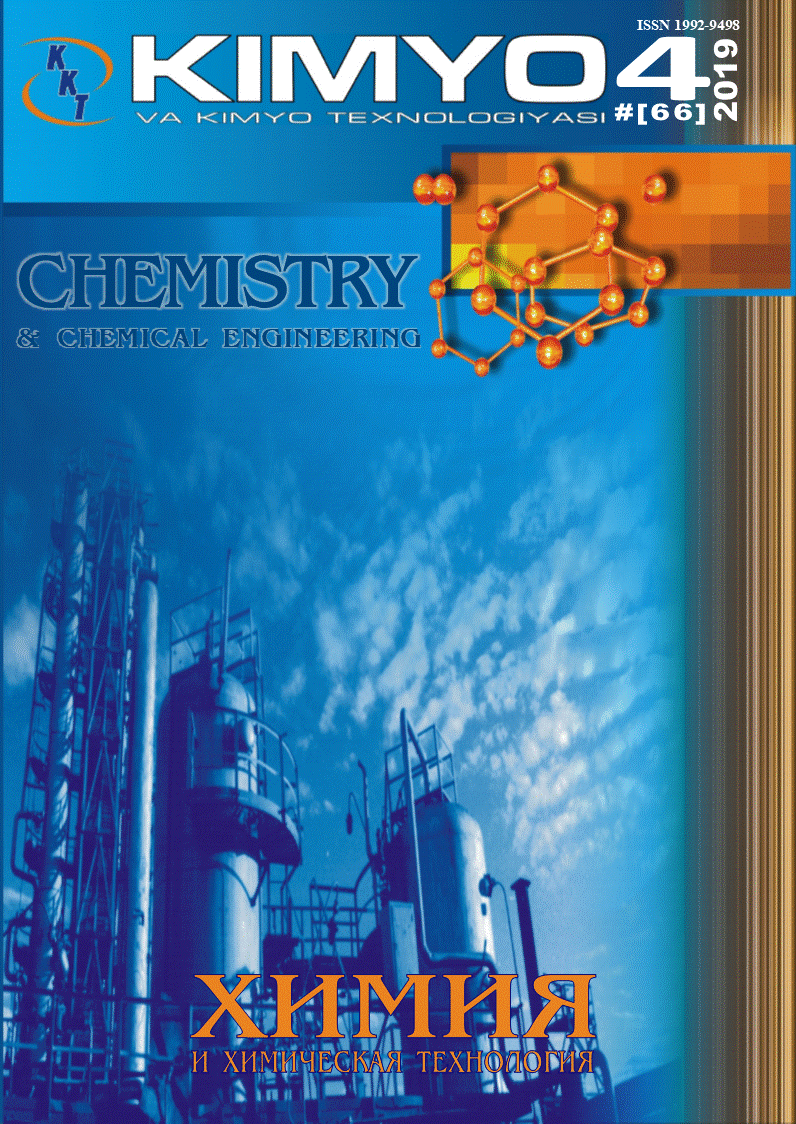
Abstract
In order to obtain the full content of high-temperature superconducting phases using the “Super Fast Alloys Quenching” technology in the Large Solar Furnace (Parkent), precursors of bismuth cuprates of the series Bi1,7Pb0,3Sr2Ca(n-1)CunOy, n=3-30 were synthesized. Methods for study the properties of precursors are presented. The oriented nano-sized microstructure and layered structure of nanocrystalline nuclei are shown. The phase composition of the precursors at the beginning of the series (n=3-5) is represented by X-ray amorphous and crystalline phases. An increase in the content of CaO and CuO destabilizes the amorphous phase. The crystalline basis of all precursors is identical. Graphs of the resistance and magnetic susceptibility of Bi1,7Pb0,3Sr2Ca(n-1)CunOy, (n=5,12,30) precursors show abnormally sharp effects in the temperature range 275-310 K at atmospheric pressure, daylight. The manifestation of the Meissner effect, anomalies in resistance and magnetic susceptibility below 270 K suggest superconductivity of the precursors of the series Bi1,7Pb0,3Sr2Ca(n-1)CunOy, n=5, 12, 30 at room temperature.
Recommended Citation
GULAMOVA, Dilbara Dj.; ESHONKULOV, Elyor B.; LI, Valeriya R.; MAMNIASHVILI, Grigor I.; and GULAMOV, Timur I.
(2024)
"ANOMALOUS OF RESISTANCE AND MAGNETIC SUSCEPTIBILITY AT 280-310 K AND AMBIENT PRESSURE IN BISMUTH CUPRATES SYNTHESIZED BY SOLAR ENERGY,"
CHEMISTRY AND CHEMICAL ENGINEERING: Vol. 2024:
No.
1, Article 2.
DOI: https://doi.org/10.70189/1992-9498.1502
Available at:
https://cce.researchcommons.org/journal/vol2024/iss1/2
